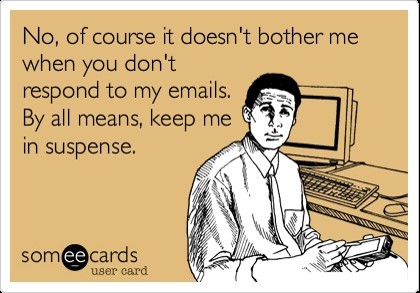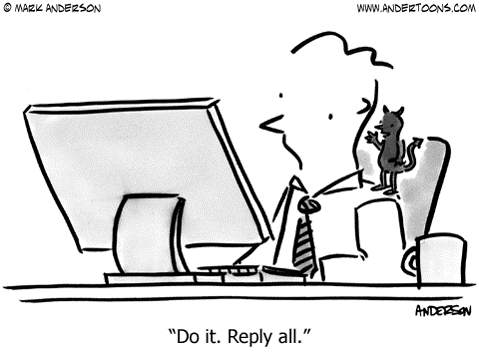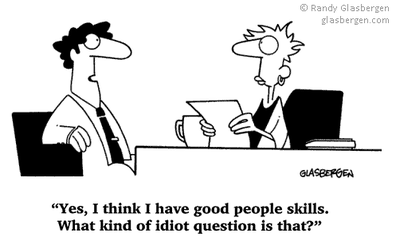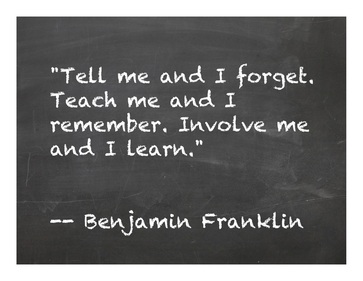| 1 | Be Concise
|
| 2 | Write Quality Content
|
| 3 | Pick Up the Phone
|
| 4 | Use Meaningful Subject Lines
|
| 5 | Use "To" and "cc" Correctly
|
| 6 | Use Proper English
|
| 8 | Mind Your Tone
|
| 9 | Reply Swiftly
|
| 10 | Reply Correctly
|
We hope you found this post helpful. Thank you in advance for sharing it with your friends, especially any small or mid sized business owners who need assistance with their HR needs. We'd love to hear your comments and invite you to explore the full scope of human resources and resume services on our website.
Regards, PhoenixHR LLC
Regards, PhoenixHR LLC


























